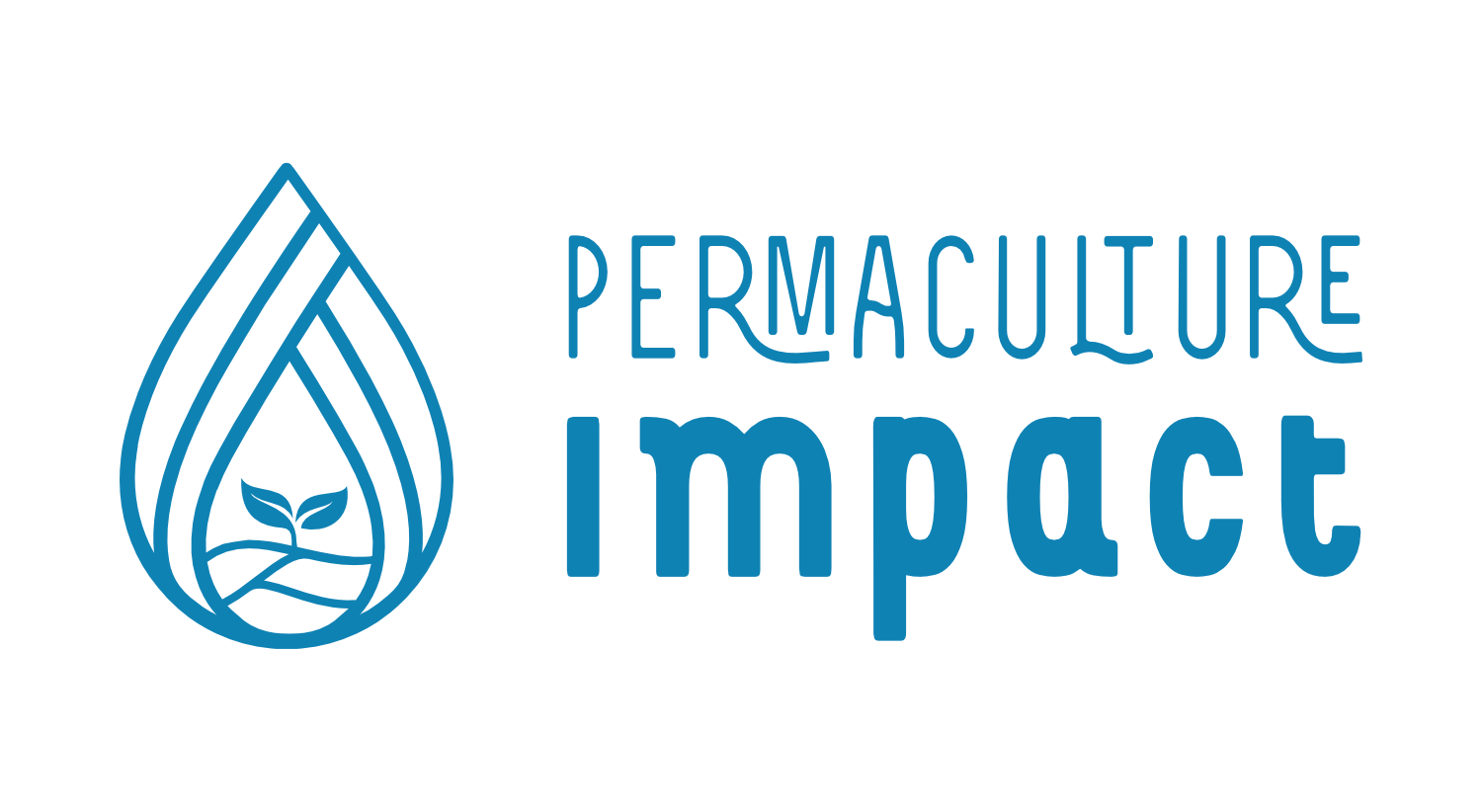Field
Here are the detailed instructions for carrying out the soil texture test in the field.
At the bottom of this page you will find a downloadable PDF version of these instructions and a table to record your results, which you can print and take out into the field on the day.
Equipment required:
- 1 spade
- 1 glass jar with lid per soil sample (use similar jar format to compare the samples)
- 1 permanent marker pen
- Ruler or tape measure
- Water
- Camera (can be cellphone)
Time needed: around 15 minutes in the field at each sampling point; then up to 24 hours to read the results (until the clay decanted, water will be clear again).
Procedure:
- Choose the sampling points where you want to look at the soil. Ideally you will sample at your reference site and the places you need to measure on the same day.
- Mark your glass jar(s) at the halfway point of the total volume, and the quarter points (so that you have 3 marks at ¼, ½ and ¾ of the jar’s capacity)
- At each sampling point, remove the organic matter from the surface (above ground). Take a mix of soil from 0-30 cm deep.
- Remove any large rocks or organic matter, then break up all the lumps
- Fill half of the jar with soil
- Now add water to the jar up to the ¾ mark. Put on the lid and shake vigorously for 3 minutes until the soil is suspended in the water. (soil is thoroughly mixed in with the water)
- Repeat this process at each sampling point (using a new jar each time).
- Set down the jars on a level surface where they can be left undisturbed for at least a day and start the timer.
- After 1 minute mark on the side of the jar the level of settled particles at the bottom – this is the volume of sand in the sample(s)
- After 2 hours mark on the side of the jar the level of settled particles – this is the volume of silt in the sample(s)
- After the water has cleared (this may take longer than 24 hours) mark on the side of the jar the level of particles – this is the volume of clay in the sample(s).
- Using a ruler, use the distances on the jar to calculate relative proportions of sand, silt and clay in soil sample(s)and write it down in the table (below)
- Take a picture of the jar for data record and collection.
- Using the soil texture triangle below, determine the type(s) of soil you are working with.
